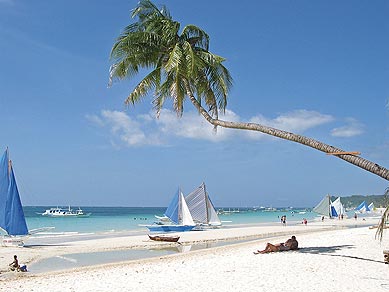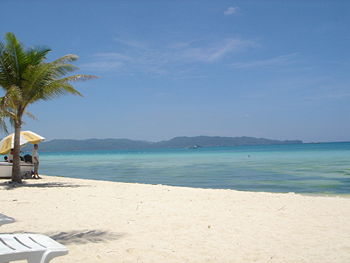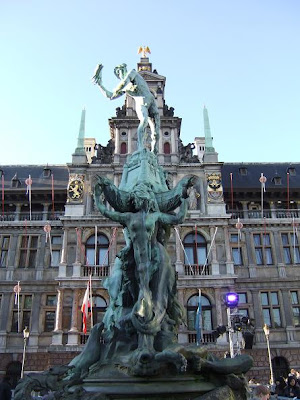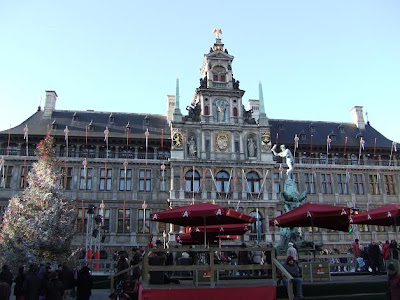
Las Vegas is the most dynamic, spectacular city on earth. At the start of the twentieth century, it didn't even exist; at the start of the twenty-first, it's home to well over one million people, with enough newcomers arriving to need a new school every month.
Las Vegas is not like other cities. No city in history has so explicitly valued the needs of visitors above those of its own population. All its growth has been fueled by tourism, but the tourists haven't spoiled the "real" city; there is no real city. Las Vegas doesn't have fascinating little-known neighborhoods, and it's not a place where visitors can go off the beaten track to have more authentic experiences. Instead, the whole thing is completely self-referential; the reason Las Vegas boasts the vast majority of the world's largest hotels is that around thirty-seven million tourists each year come to see the hotels themselves.


The casinos want you to gamble, and they'll do almost anything to lure you in; thus the huge moving walkways that pluck you from the Strip sidewalk, almost against your will, and sweep you into places like Caesars Palace. Once you're inside, on the other hand, the last thing they want is for you to leave. Whatever you came in for, you won't be able to do it without crisscrossing the casino floor innumerable times; as for finding your way out, that can be virtually impossible. The action keeps going day and night, and in this windowless – and clock-free – environment you rapidly lose track of which is which.


























